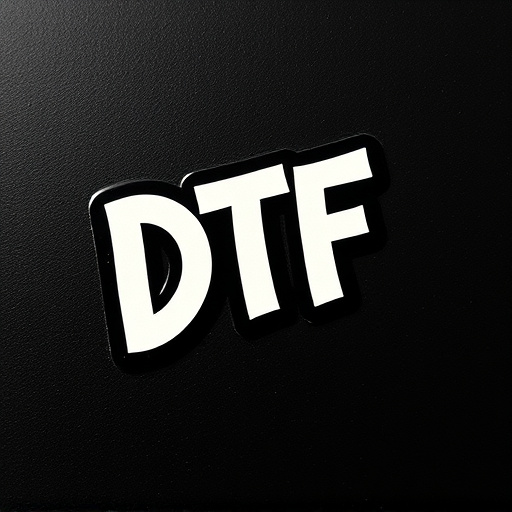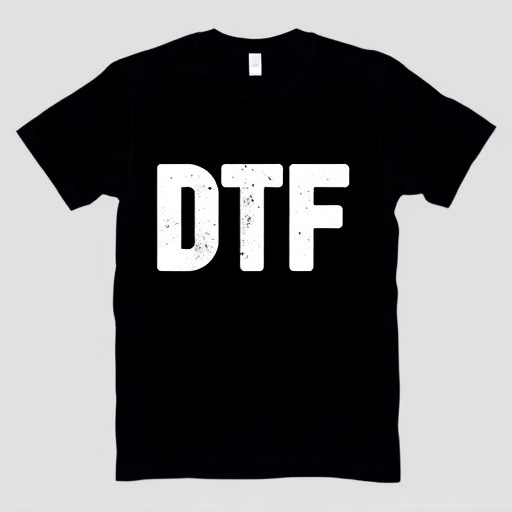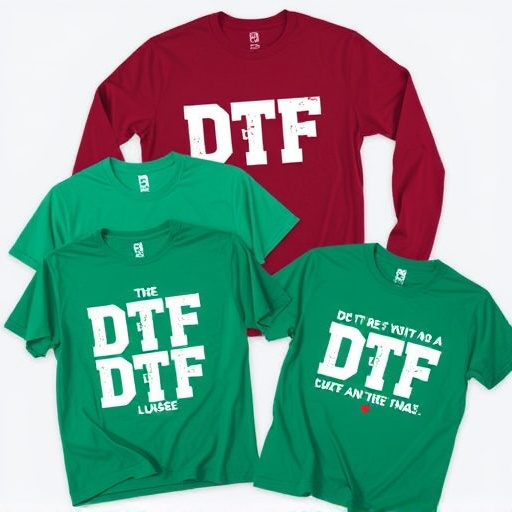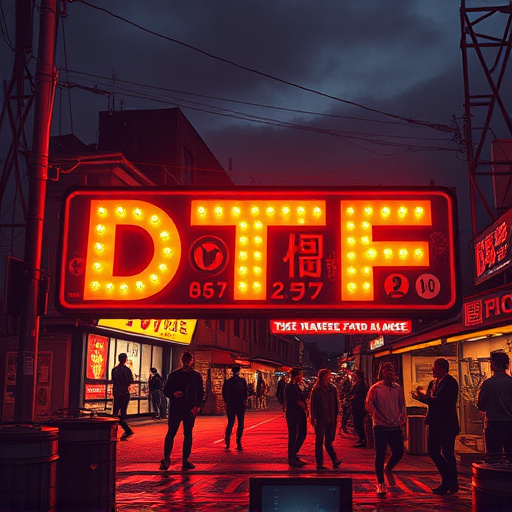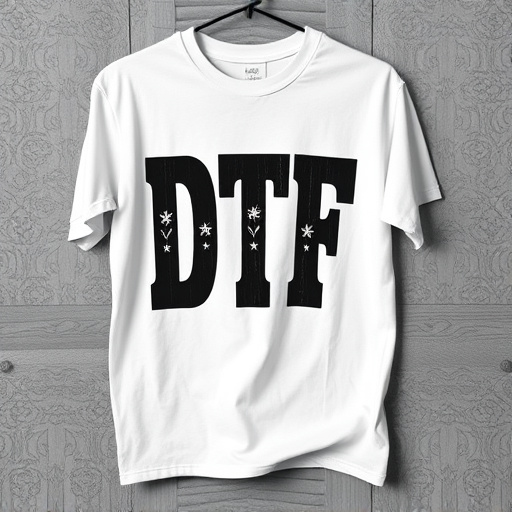Direct-to-Film (DTF) Transfers are cutting-edge printing solutions offering unparalleled versatility for professionals. This technique produces high-quality prints on various film surfaces, ideal for art exhibitions, advertising, and archival projects. The meticulous process involves digital preparation, inkjet printing, lamination, and material selection to ensure vibrancy and durability. Precise color accuracy, heat/moisture management, and tailored film types are crucial for successful DTF results. Driven by tech advancements, consumer demand, and eco-consciousness, the DTF market is thriving and poised for future innovations in color, format, efficiency, and automation.
“Unleash the power of direct-to-film (DTF) transfers with a professional’s touch! This comprehensive guide explores the art and science behind creating high-quality DTF prints tailored to customer demands. From understanding the DTF process to mastering color accuracy and choosing optimal materials, we delve into every step. We also navigate common challenges and stay ahead of market trends shaping the future of professional DTF services. Get ready to revolutionize your workflow with this essential resource for top-notch DTF transfers.”
- Understanding Direct-to-Film (DTF) Transfers: A Professional's Guide
- The Process of Creating High-Quality DTF Prints
- Choosing the Right Materials for Optimal DTF Transfer Results
- Mastering Color Accuracy and Consistency in DTF Printing
- Common Challenges in DTF Transfer and How to Overcome Them
- Market Trends and Future of Professional DTF Services
Understanding Direct-to-Film (DTF) Transfers: A Professional's Guide

Direct-to-Film (DTF) Transfers are a cutting-edge printing technique that has revolutionized the way we reproduce and enhance visual content. This method allows professionals to create high-quality prints directly on various film surfaces, offering unparalleled versatility and artistic control. In the realm of DTF, specialists can work with different types of films, from traditional photographic papers to innovative synthetic materials, each providing unique characteristics for specific applications.
For customers seeking authentic and visually striking results, DTF Printing is an ideal solution. It enables professionals to reproduce intricate details, vibrant colors, and subtle nuances, ensuring that the final prints capture the essence of the original content. Whether it’s for fine art exhibitions, advertising campaigns, or archival projects, DTF Transfers offer a professional touch, making them a sought-after service in today’s visual-centric world.
The Process of Creating High-Quality DTF Prints

The process of creating high-quality DTF (Direct-to-Film) prints involves several meticulous steps to ensure optimal results. It begins with preparing the original source material, whether it’s a photograph, artwork, or graphic design, for digital conversion. This preparation includes color correction and image enhancement techniques to achieve the desired visual fidelity. Once ready, the digital file is sent to specialized DTF printers, which use advanced inkjet technology to precisely deposit pigments onto a clear film.
The printed film is then carefully transferred onto various media, such as glass, acrylic, or metal, through a lamination process. This step demands precision and skill to avoid bubbles, wrinkles, or misalignments, ensuring the final DTF transfer maintains the original artwork’s sharpness and vibrancy. The result is a stunning, high-resolution print that captures every detail, making it perfect for a range of applications from decorative displays to promotional materials.
Choosing the Right Materials for Optimal DTF Transfer Results
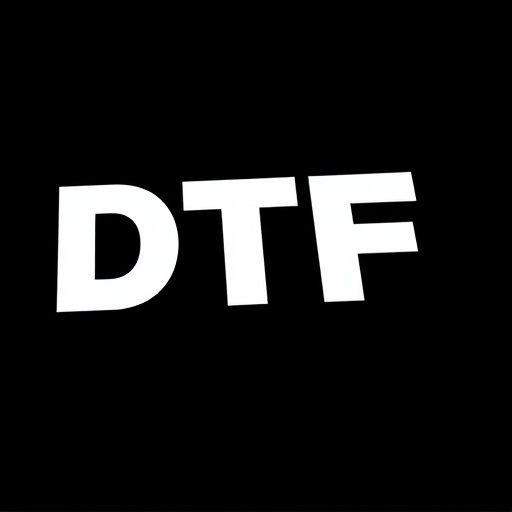
When creating direct-to-film (DTF) transfers for customers, selecting the appropriate materials is paramount to achieving exceptional results. The process starts with choosing high-quality films and inks that are compatible with the desired substrate. For instance, using specialized DTF printing films ensures optimal adhesion and durability during the transfer process. Additionally, ink selection plays a crucial role; vibrant, long-lasting inks that can withstand outdoor conditions or specific environmental factors are essential, whether for promotional signs or artistic installations.
Professional printers should also consider the surface preparation and treatment methods to enhance bonding strength. Primers and surface treatments can significantly improve the final print quality, ensuring smooth, crisp DTF prints or transfers. This attention to detail in material choice allows for delivering high-impact visuals that meet customer expectations and withstand the test of time, whether adorning buildings, enhancing event displays, or adding unique artistic touches.
Mastering Color Accuracy and Consistency in DTF Printing
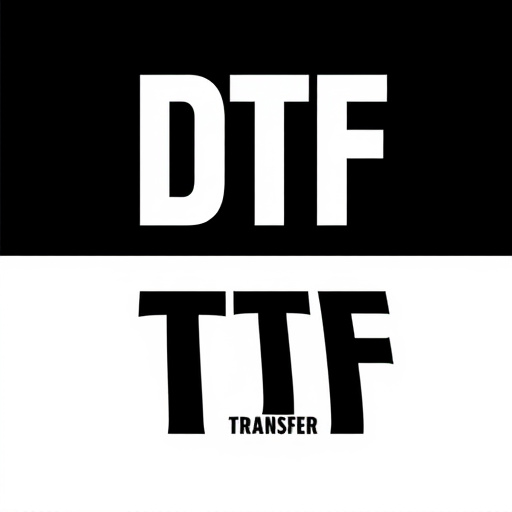
In the realm of direct-to-film (DTF) transfers, achieving color accuracy and consistency is paramount to delivering high-quality prints that meet customer expectations. Mastering this aspect involves a meticulous process that starts with precise calibration of printing equipment and ends with rigorous quality control checks. Every step, from color profiling to ink selection, plays a crucial role in ensuring that the final DTF prints accurately represent the original source material.
Professional printers employ advanced techniques such as using calibrated monitors for color matching, applying custom color profiles tailored to specific inks and substrates, and conducting side-by-side comparisons to fine-tune color consistency. Additionally, regular maintenance of printing presses and constant monitoring of environmental conditions like temperature and humidity help maintain color accuracy across batches. This meticulous attention to detail ensures that DTF prints not only look vibrant but also maintain their visual integrity for years to come, making them a popular choice among customers seeking long-lasting, high-fidelity visuals.
Common Challenges in DTF Transfer and How to Overcome Them
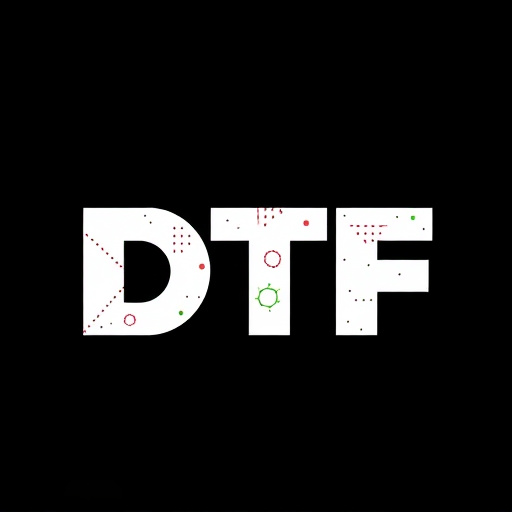
Direct-to-film (DTF) transfers face several challenges that can impact quality and efficiency. One common issue is achieving accurate color reproduction, especially with complex images or fine details. This often requires specialized equipment and precise calibration to match the original source material perfectly. Skilled technicians play a vital role in setting up the print profile, ensuring colors remain consistent across different film stocks.
Another challenge lies in managing heat and moisture during the DTF printing process. Inaccurate temperature control can lead to unwanted artifacts or even degradation of the film. Proper ventilation and humidity management within the print environment are essential. Additionally, selecting appropriate film types that complement the desired outcome is crucial. With the right combination of expertise and equipment, these challenges can be overcome, delivering high-quality DTF prints tailored to customer specifications.
Market Trends and Future of Professional DTF Services

The direct-to-film (DTF) transfer market is experiencing a surge in demand as customers seek high-quality printing solutions for various applications, from promotional items to custom apparel. This trend is driven by several key factors, including advancements in technology that enable faster and more precise DTF prints, increased consumer awareness of personalized products, and the growing preference for eco-friendly production methods over traditional screening processes.
Looking ahead, the future of professional DTF services promises even greater innovation and accessibility. As printing technologies continue to evolve, we can expect to see improved color accuracy, wider format options, and faster turnaround times. Additionally, the integration of digital technologies like AI and automation will streamline workflow, making DTF printing more efficient and cost-effective for businesses of all sizes. This evolution will further solidify DTF as a preferred method for creating on-demand, high-quality DTF prints, catering to diverse customer needs in an increasingly competitive market.









